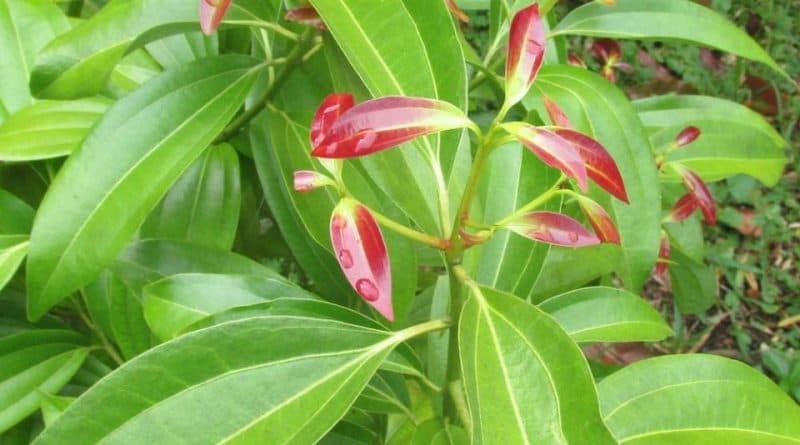
Scientific Name
Cinnamomum verum
Common Names
Cinnamon, True Cinnamon, Ceylon Cinnamon
Plant Family
Lauraceae
Location
Native to Sri Lanka and southern India. Now cultivated throughout tropical Asia, Madagascar, and parts of the Caribbean. Prefers warm, humid climates and well-drained soil. Grown commercially for its inner bark.
Description
A small evergreen tree with glossy, aromatic leaves and small yellowish flowers. The bark is harvested and rolled into quills when dried. The scent is sweet, warm, and spicy — one of the most recognizable fragrances in the world.
Uses
A warming, aromatic herb with a wide spectrum of medicinal actions. It functions strongly as a carminative and digestive stimulant, soothing indigestion, bloating, flatulence, nausea, and promoting better gastrointestinal function. Its anti-inflammatory and antioxidant activities are well documented: cinnamon helps reduce inflammation, oxidative stress and may protect tissues from chronic damage. It also has potent antimicrobial and antifungal properties—essential oils and bark extracts can inhibit the growth of bacteria and fungi and are used traditionally for infections, oral health, and to preserve foods. The warming nature of the bark also makes it useful as a mild rubefacient (promoting circulation when applied externally), and it has applications in easing menstrual pain (due to antispasmodic and anti-inflammatory effects), in supporting metabolic health (blood sugar regulation), and for respiratory complaints like coughs or colds. Overall, cinnamon is a versatile herb that supports digestion, circulation, immunity, and metabolic balance.
Energetics
Warming, drying, stimulating. Brings warmth and movement to cold, stagnant states. Astringent and toning to tissues.
Parts Used
Inner bark
Constituents
Volatile oils (cinnamaldehyde, eugenol), tannins, mucilage, flavonoids. (Note: Cassia cinnamon has more coumarin, which can be harmful in high doses.)
Dosage
- Infusion: ½–1 tsp crushed bark per cup, steep or decoct 10–15 min
- Tincture (1:5): 20–40 drops, 2–3x/day
- Powder: ¼–½ tsp per dose (culinary or medicinal)
Notes on Use
Use cinnamon in warming digestive teas — especially with ginger, orange peel, or clove. Great for menstrual cramps due to its warming and moving nature. It brings comfort and grounding to emotional tension as well — very cozy, very nurturing.
Harvesting
• Bark is harvested from branches, peeled and dried into quills. Not typically harvested by home herbalists unless grown in tropical areas.
Contraindications
Avoid large doses in pregnancy. Use caution with diabetes medications (it may potentiate effects). Excess may cause dryness or irritation in sensitive people.
Recipes
- Spiced Digestive Tea: Cinnamon, ginger, orange peel
- Warming Circulation Blend: Cinnamon, cayenne, hawthorn
- Blood Sugar Support: Cinnamon, gymnema, fenugreek